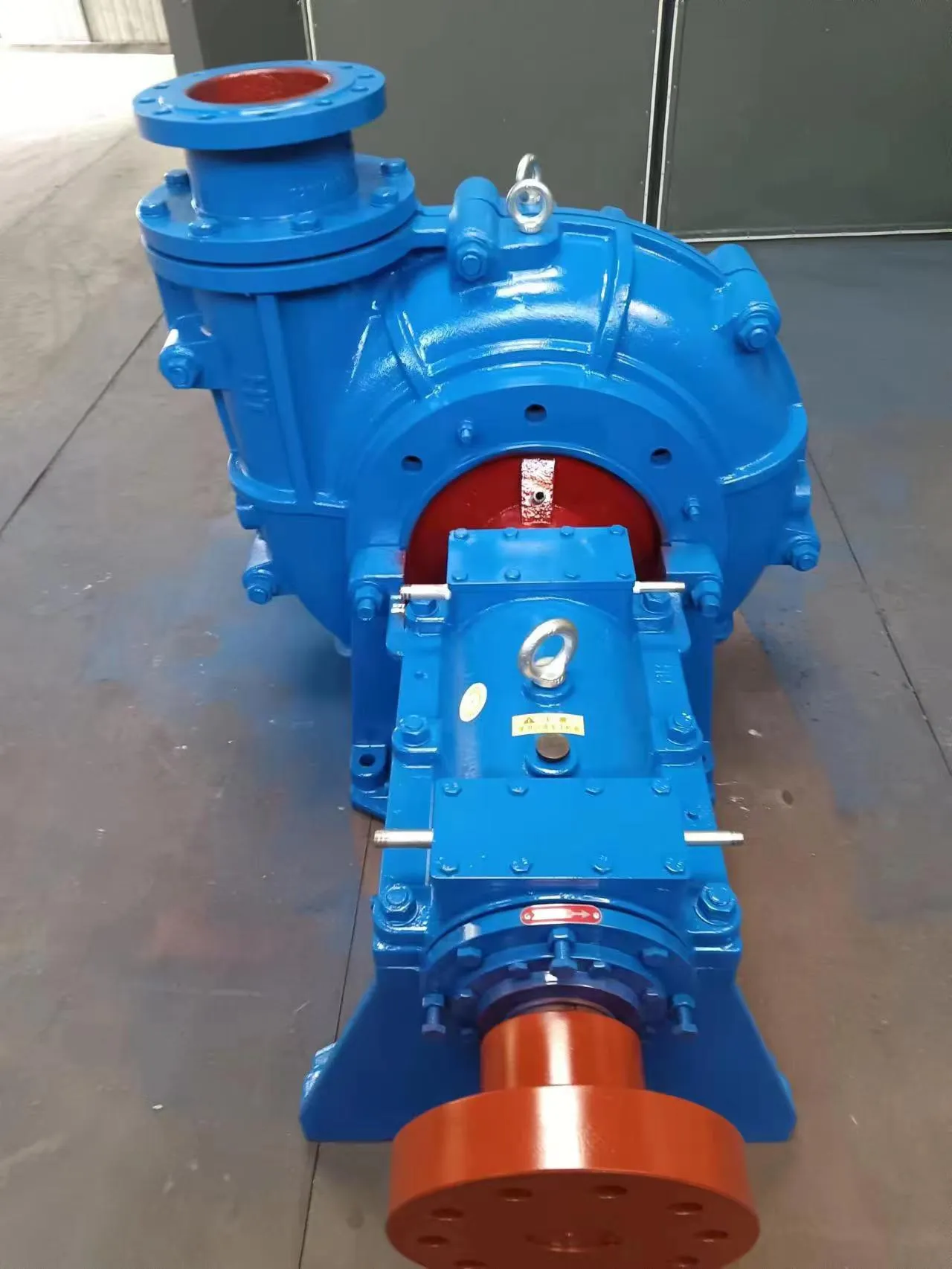Bengali
- Afrikaans
- Albanian
- Amharic
- Arabic
- Armenian
- Azerbaijani
- Basque
- Belarusian
- Bengali
- Bosnian
- Bulgarian
- Catalan
- Cebuano
- Corsican
- Croatian
- Czech
- Danish
- Dutch
- English
- Esperanto
- Estonian
- Finnish
- French
- Frisian
- Galician
- Georgian
- German
- Greek
- Gujarati
- Haitian Creole
- hausa
- hawaiian
- Hebrew
- Hindi
- Miao
- Hungarian
- Icelandic
- igbo
- Indonesian
- irish
- Italian
- Japanese
- Javanese
- Kannada
- kazakh
- Khmer
- Rwandese
- Korean
- Kurdish
- Kyrgyz
- Lao
- Latin
- Latvian
- Lithuanian
- Luxembourgish
- Macedonian
- Malgashi
- Malay
- Malayalam
- Maltese
- Maori
- Marathi
- Mongolian
- Myanmar
- Nepali
- Norwegian
- Norwegian
- Occitan
- Pashto
- Persian
- Polish
- Portuguese
- Punjabi
- Romanian
- Russian
- Samoan
- Scottish Gaelic
- Serbian
- Sesotho
- Shona
- Sindhi
- Sinhala
- Slovak
- Slovenian
- Somali
- Spanish
- Sundanese
- Swahili
- Swedish
- Tagalog
- Tajik
- Tamil
- Tatar
- Telugu
- Thai
- Turkish
- Turkmen
- Ukrainian
- Urdu
- Uighur
- Uzbek
- Vietnamese
- Welsh
- Bantu
- Yiddish
- Yoruba
- Zulu
Telephone: +86 13120555503
Email: frank@cypump.com
সেপ্টে. . 14, 2024 23:16 Back to list
high head pumps
High Head Pumps A Key Component in Modern Fluid Systems
High head pumps are specialized hydraulic devices designed to transport fluids at elevated pressures and across significant vertical distances. These pumps play a crucial role in various applications, including water supply, drainage, irrigation, and industrial processes. Understanding their functionality, design considerations, and applications is essential for engineers and operators in the fluid dynamics field.
The primary characteristic that defines high head pumps is their ability to generate a considerable amount of head—typically above 100 meters (approximately 328 feet) of water column. This capability is achieved through a combination of advanced hydraulic design and powerful motor systems. The impeller's shape, size, and rotational speed are meticulously engineered to optimize fluid flow, enabling the pump to overcome gravitational forces and pipeline resistance.
There are several types of high head pumps, including centrifugal pumps, positive displacement pumps, and submersible pumps
. Centrifugal pumps are the most commonly used, employing a rotating impeller to impart kinetic energy to the fluid. Positive displacement pumps, on the other hand, move fluid by trapping a fixed amount and forcing it through the discharge. Submersible pumps are designed for underwater applications, effectively isolating the motor and preventing damage from surrounding fluids.high head pumps

When selecting a high head pump, several critical factors must be considered. The required flow rate, the total dynamic head (TDH), and the type of fluid being transported are essential parameters. Additionally, the efficiency and durability of the pump must be assessed to ensure reliable long-term operation in demanding environments.
High head pumps find diverse applications across various industries. In municipal water systems, they are essential for supplying water to elevated storage tanks, ensuring consistent pressure for residential and commercial use. In agriculture, high head pumps facilitate irrigation by transferring water from sources such as rivers or underground aquifers to farmlands, particularly in regions with variable topography. In industrial settings, these pumps are used for processes such as cooling water circulation, chemical transfer, and waste management.
The advancement of materials and technology has continually improved the performance and efficiency of high head pumps. Innovative designs focus on reducing energy consumption, minimizing maintenance costs, and enhancing operational reliability. Furthermore, the integration of smart technology enables real-time monitoring and control, allowing for proactive maintenance and optimization of pump operations.
In conclusion, high head pumps are indispensable in modern fluid systems, offering solutions to complex challenges in hydraulic engineering. Their ability to efficiently transport fluids over long distances and elevations makes them vital in various sectors, ensuring the continuous flow of essential resources in our daily lives and industries. As technology advances, the future of high head pumps promises even greater efficiency and reliability, paving the way for sustainable fluid management solutions.
-
High-Performance Air Pumps for Sand & Gravel | Efficient Transport
NewsAug.03,2025
-
ISG Series Vertical Pipeline Pump - Chi Yuan Pumps Co., LTD.|Energy Efficiency, Corrosion Resistance
NewsAug.03,2025
-
ISG Series Pipeline Pump - Chi Yuan Pumps | Energy Efficiency&Compact Design
NewsAug.03,2025
-
ISG Series Vertical Pipeline Pump - Chi Yuan Pumps Co., LTD.|High Efficiency, Low Noise, Durable
NewsAug.02,2025
-
ISG Series Vertical Pipeline Pump - Chi Yuan Pumps | High Efficiency, Low Noise
NewsAug.02,2025
-
ISG Series Vertical Pipeline Pump- Chi Yuan Pumps Co., LTD.|High Efficiency&Compact Design
NewsAug.02,2025










